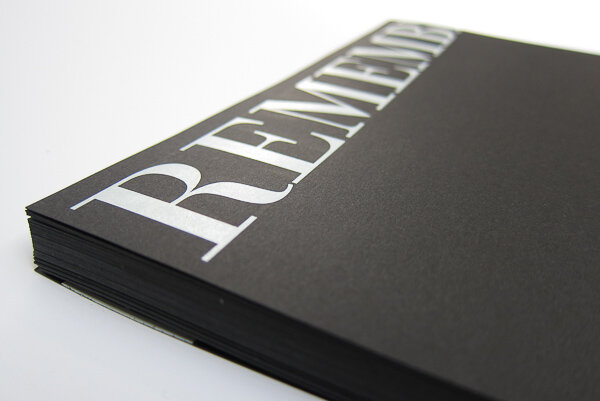
How to improve foiling stamping process of book printing

1.Make good plate for the foiling
In book printing process, oiling stamping plate generally has copper plate, zinc plate and resin plate. Relatively speaking, copper plate is the best, zinc plate is moderate, and resin plate is slightly poor. Therefore, for fine hot stamping, copper plate should be used as much as possible. For hot stamping plates, the surface shall be flat, the lines of pictures and texts shall be clear, the edges shall be smooth, and there shall be no pits and burrs. If the surface is slightly uneven or slightly scratched or hairy, it can be gently wiped with fine carbon to make it flat and smooth. The rotten plate depth of the hot stamping plate shall be slightly deeper, at least more than 0.6mm, and the slope shall be about 70 °, so as to ensure the clarity of hot stamping pictures and texts, reduce the occurrence of continuous pieces and paste plates, and improve the printing resistance. The design of words, lines and patterns for hot stamping is very particular. Pictures and texts shall be of moderate thickness and reasonable density as far as possible. If they are too small and too thin, they are easy to be missed and broken; Too thick and too dense, it is easy to paste the version.
2.Control the hot stamping temperature.
The hot stamping temperature has a great influence on the melting degree of the falling off layer of hot-melt silicone resin and adhesive. The hot stamping temperature must not be lower than the lower limit of the temperature resistance range of anodized aluminum, which is the lowest temperature to ensure the melting of anodized adhesive layer.
If the temperature is too low and the melting is insufficient, the hot stamping will not be on or firm, and the imprint will be weak, incomplete, missing pen, broken scratch or flower; If the temperature is too high, it will melt excessively, resulting in the melting and falling off of the electrochemical aluminum attached around the imprint, resulting in the paste plate. At the same time, the high temperature will also make the synthetic resin and dye in the color layer oxidized and polymerized, and the imprint blisters or fog spots, which will lead to the oxidation of the surface of the aluminum layer and protective layer, reducing the brightness or losing the metallic luster of the hot stamping products. Generally speaking, the electrothermal temperature should be adjusted between 80 ~ 180 ℃. For those with large hot stamping area, the electrothermal temperature should be relatively higher; On the contrary, it is lower. The specific situation shall be determined according to the actual temperature of the printing plate, the type of anodized aluminum, the picture and text condition and other factors. Generally, the most suitable temperature shall be found through trial ironing, and the standard shall be the lowest temperature and clear picture and text lines.
3.To reasonably grasp the hot stamping pressure .
Hot stamping pressure usually on the cover of book printing in China printing company, and it is closely related to the adhesion fastness of anodized. Even if the temperature is appropriate, if the pressure is insufficient, it can not make the anodized aluminum stick to the substrate, or produce fading, imprinting and flowering; On the contrary, if the pressure is too large, the compression deformation of the pad and substrate will be too large, resulting in paste or imprint thickening. Therefore, the hot stamping pressure should be carefully adjusted.
When setting the hot stamping pressure, the printers in China should mainly consider: electrochemical aluminum properties, hot stamping temperature, hot stamping speed, substrate, etc. Generally speaking, the hot stamping pressure should be smaller when the book printing paper is strong, the smoothness is high, the ink layer of printing is thick, the hot stamping temperature is high and the speed is slow; Otherwise, it should be larger. In addition, similar to hot stamping, it should also be noted that for smooth paper, such as coated paper and glass paperboard, it is best to use hard backing paper, so as to obtain a clear impression; On the contrary, for the paper with poor smoothness and coarser, the pad should be softer, especially when the hot stamping area is large. In addition, the hot stamping pressure must be uniform. If it is found that local hot stamping cannot be applied or flower hemp is generated during trial printing, the pressure here may be uneven. You can pad thin paper on the flat plate there for proper adjustment.
Contact us to know more about the foiling stamping process of book printing.
Posté Le : 08/10/2021
Posté par : BookPrintingInChina
Ecrit par : BookPrintingChina
Source : https://www.bookprintingchina.com/Blog/how-to-improve-foiling-stamping-process-of-book-printing